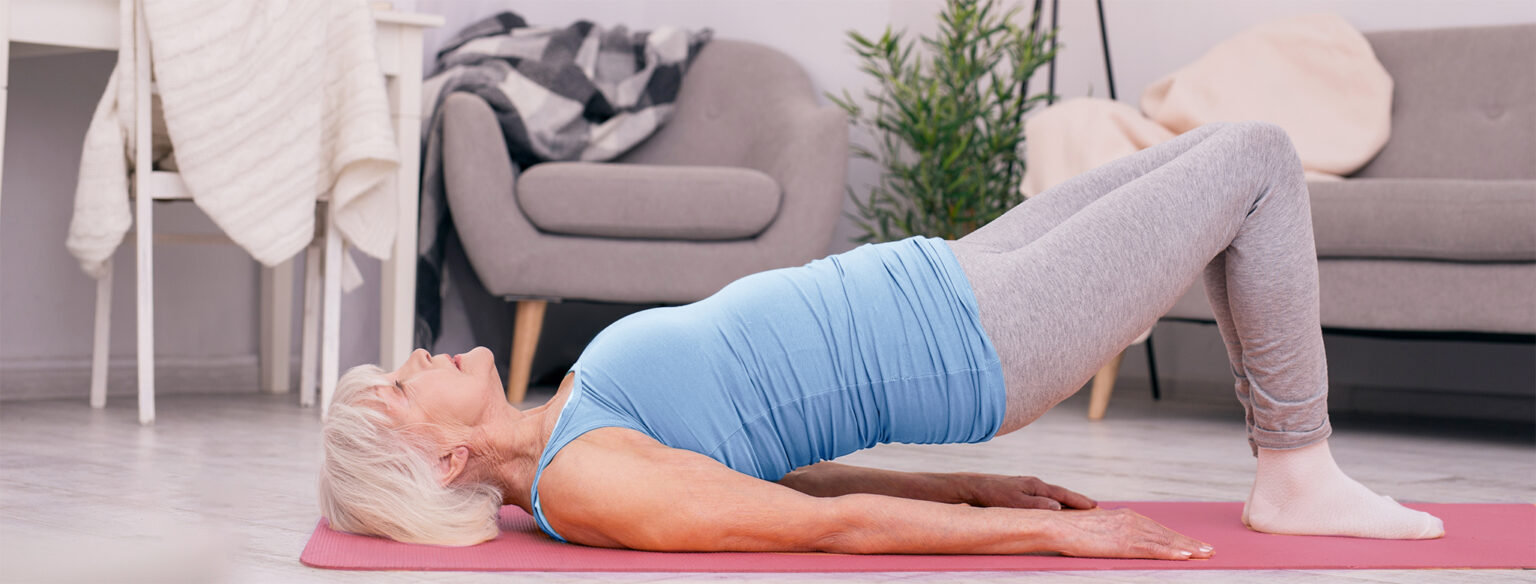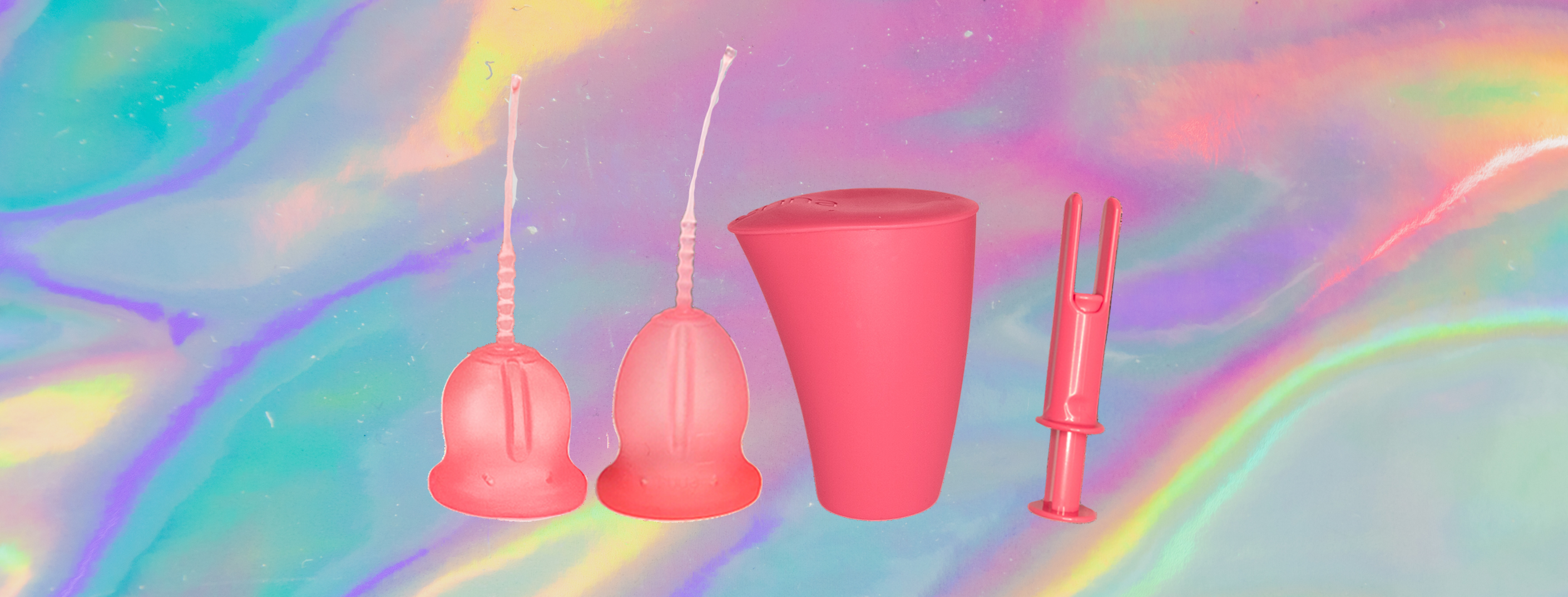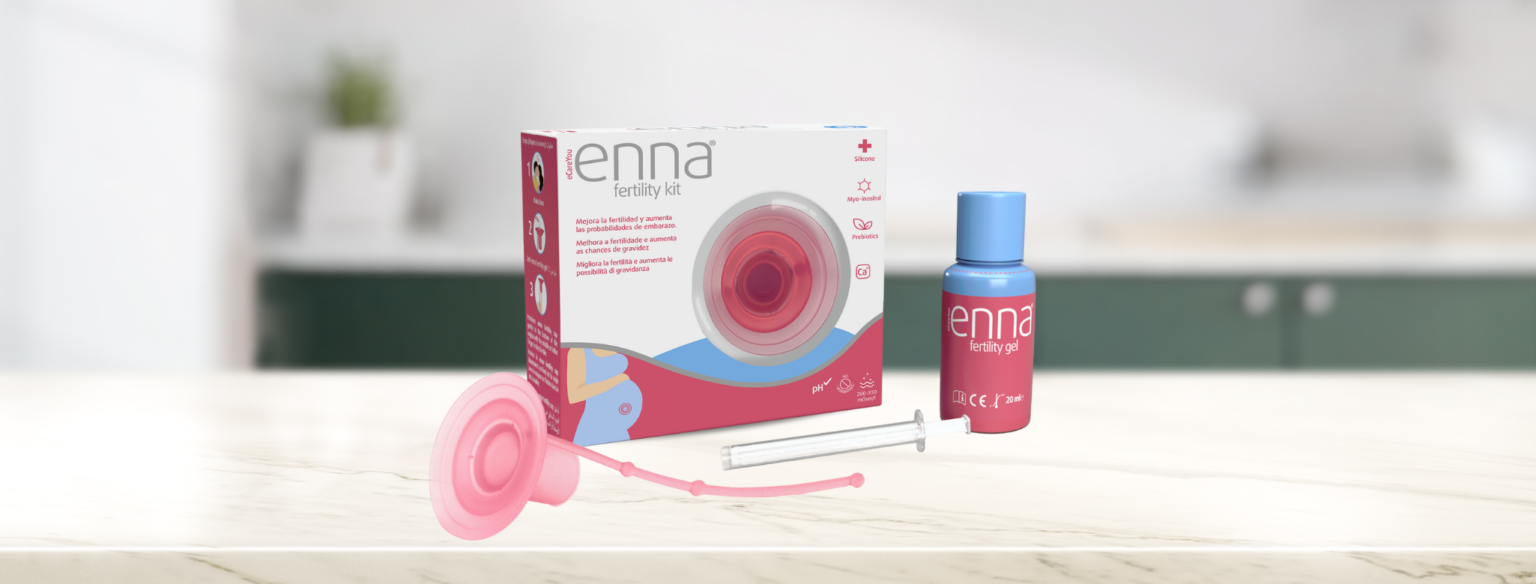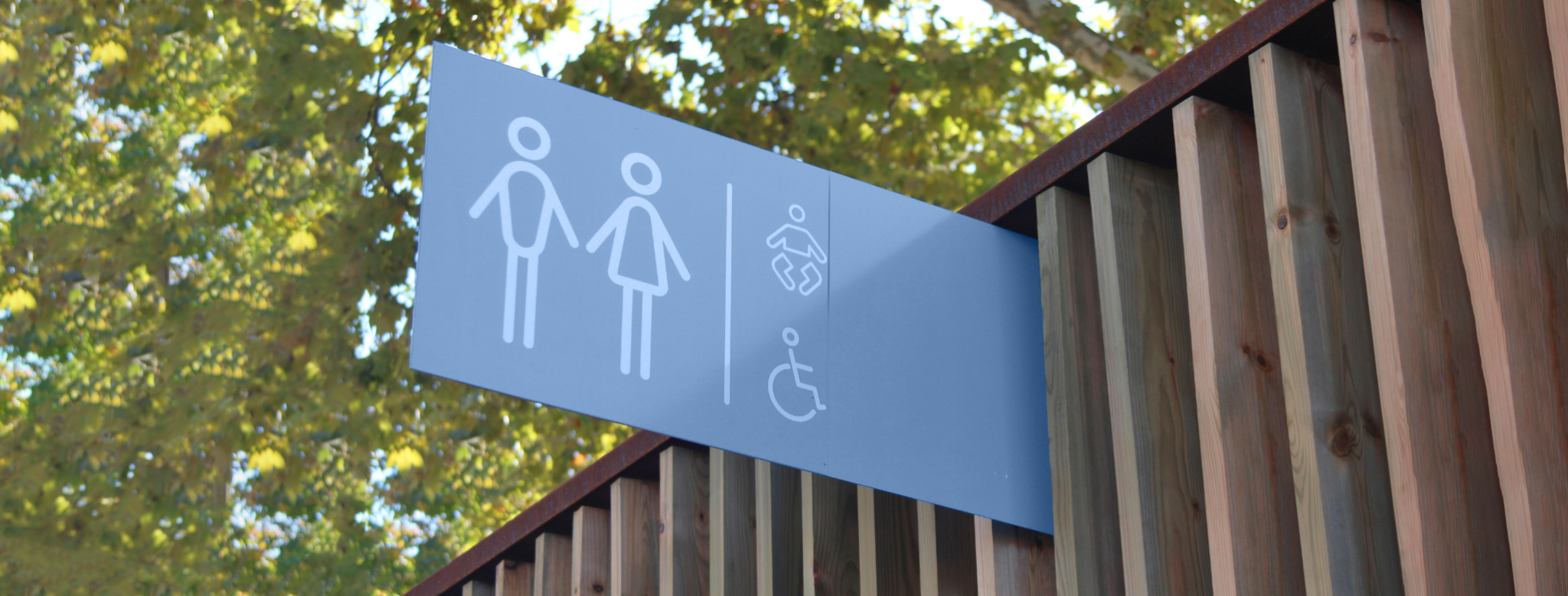Knowing about your pelvic floor is just as important as being aware of your period, as in both cases you can see if there is any warning that your body must pay attention to. The muscles and ligaments of the pelvic floor are shaped like a hammock or a sling and they support the organs of the bladder, uterus and intestines (urinary, reproductive and digestive systems). Making sure that these muscles are toned and in shape prevents urinary incontinence and improves sexual and reproductive functions.
As these muscles are not seen or felt like other ones, they are sometimes forgotten about and this means that as the years go by, urinary incontinence starts to be a problem or the organs mentioned before slip down (prolapses). This is why it is so important to be aware of these muscles and learn how to exercise them, either by doing specific activities such as Kegel exercises, for example, or with outside help such as the enna pelvic ball, a vaginal sphere which produces vibrations, causing muscles to contract and making them work.
What should you know about your pelvic floor?
- Pelvic floor tissues extend from the pubis to the coccyx. We know it’s not easy to locate these muscles, so this diagram will help you get a clearer idea.
- These are muscles that work voluntarily. In other words, you have to make an effort to use them and make them stronger. Without doing so, they will only get weaker as a result of doing sport or with the passing of time and the loss of collagen. You have to do specific exercises or make use of outside help.
- A woman’s pelvic floor suffers in almost all stages of her life. Due to their reproductive cycle, women tend to have more problems with their pelvic floor than men do, resulting in issues such as urinary incontinence Throughout pregnancy, supporting the weight of the baby causes it to weaken (the same happens with overweight people); later, when giving birth by means of vaginal delivery, the pelvic floor muscles are overstrained and during menopause, damage is caused by changes in hormones.
- High-impact sport also weakens the pelvic floor regardless of your age. We know that doing sport is healthy, but there are some elements we must take into account. Any sport activities that involve jumping and generating impact with the ground cause the pelvic muscles to weaken, no matter your age. So if you go out running, play basketball or tennis, etc., you should do specific exercises to strengthen the pelvic floor.
- Doing strength exercises or lifting heavy weights also results in the pelvic floor muscles becoming weaker and less firm. By straining, you exert unnecessary pressure on the area of your abdomen, which directly affects your stomach.
- This is why pelvic floor exercises can be done at any age. Being too young or too old is an excuse. It is important to start exercising these muscles as soon as you know they exist to avoid problems such as urinary incontinence. Just as we shouldn’t wait to drink water when we are thirsty, we shouldn’t wait until we begin to feel pain somewhere or start to notice that we can’t stop ourselves from leaking some pee.
- Constipation is another key factor in the weakening of the pelvic floor due to us straining and getting into an unnatural position when we sit on the toilet. Sitting down for too long generates pressure and tension in the anorectal structures and vessels, which may give rise to haemorrhoids in the long term. In order to make this better, you should review your diet and increase your fibre intake, where necessary. Also remember to drink two litres of water a day to stay hydrated and don’t eat too much over-processed food. You should also pay attention to your posture, not only when you are sitting on the toilet but throughout the day, for example when you are in the office. Bad posture causes our organs to slip into unnatural positions.
- If you exercise these muscles too much or incorrectly, they might end up aching. This is why if you begin exercising, you should do so gradually. This is also the case when starting out with a vaginal sphere like that offered by enna. We recommend using the enna pelvic ball gradually, adding 5 minutes each time until you’re able to use it for an average of 20-30 minutes a day and one hour at most. If you jump right in and use it for an hour on the first day, it’s most likely that your muscles will ache the next day. Don’t rush: this is a long-distance race, not a sprint.
- There are pelvic floor specialists. With enna pelvic ball, you can see a specialist at Fisión Clinics for a pelvic floor checkup free of charge. It is important to seek advice from a professional, who will draw up a specific and effective recovery plan.
- Persistent coughing and sneezing also affect the pelvic floor. When you cough or sneeze, your muscles have to work extra hard, so if you haven’t exercised them, this is when you will see the losses of urine that you were worried about or even a prolapse. Before coughing or sneezing, try to close the anal sphincter, vagina and urethra tightly while you pull the lower part of the abdomen inwards. It sounds complicated, but if you are familiar with Kegel exercises, you’ll find it easier.






